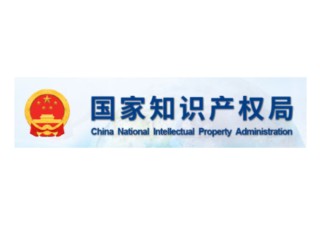Law firms
China
- AFD China Intellectual Property
- Allen & Gledhill LLP Shanghai Representative Office
- Bayramoglu Law Offices LLC
- Beijing Risehigh IP Group
- Beijing Sanyou Intellectual Property Agency
- Beijing Uni-intel Patent and Trademark Law Firm
- CCPIT Patent And Trademark Office
- China Patent Agent (H.K.)
- Chispo Attorneys at Law
- Dennemeyer
- Fairsky Law Office
- Ge Cheng & Co.
- GoldenGate Lawyers
- HFG Law & Intellectual Property
- IntellecPro
- Jadong IP Law Firm
- Kingvie Lawyers
- Li & N Intellectual Property Agency Ltd
- Lian & Lien IP Attorneys
- Sunshine IP
- Unitalen Attorneys at Law
- Way Insight IP Services
- Yuhong IP Law Firm
- Zhifan IP Attorneys
- Zhiheng Law Firm, Qianhai Office







